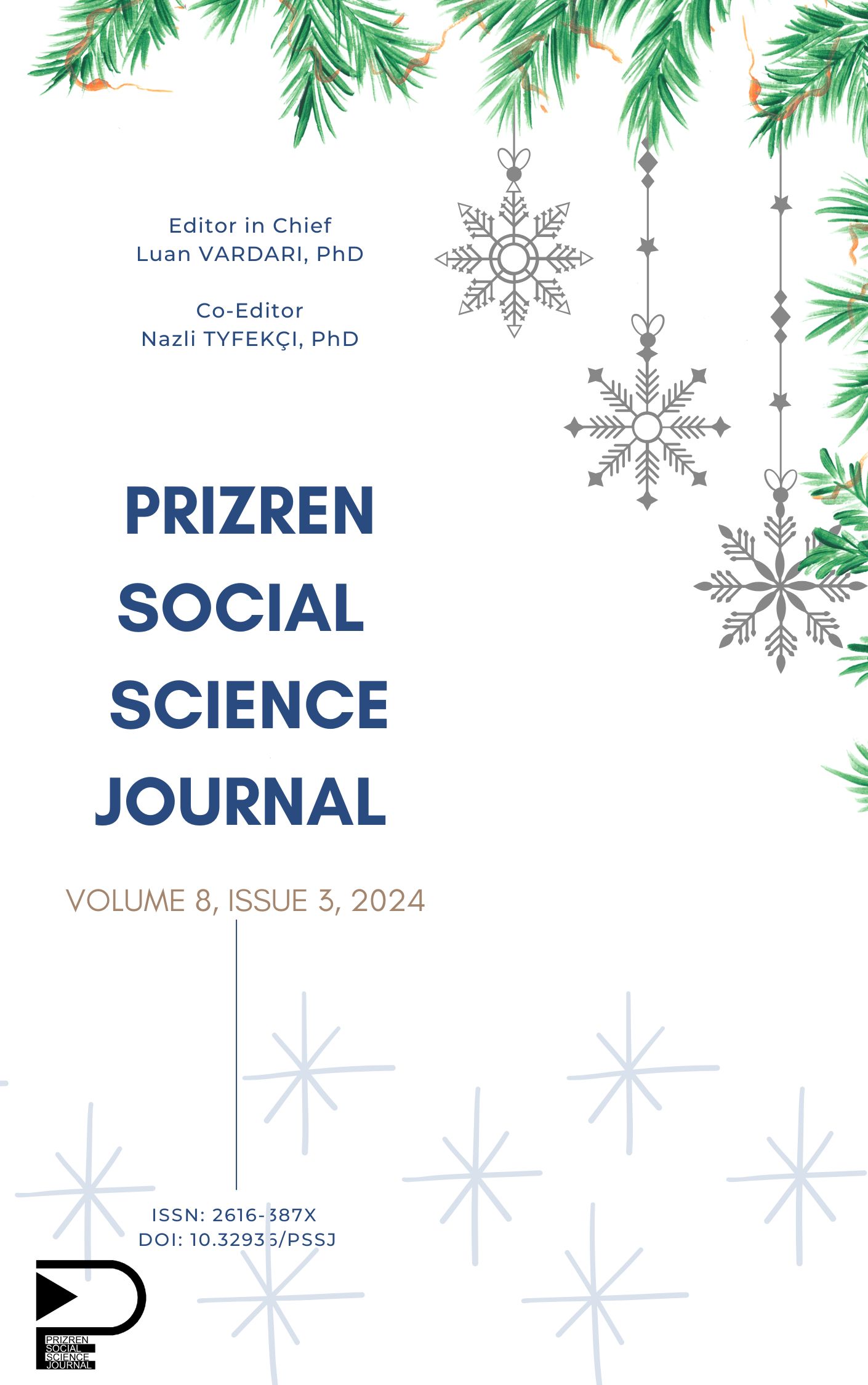Özet
This study investigates the acquisition of tense-aspect systems in Albanian learners, focusing on adult English as a Second Language (ESL) learners and young native Albanian speakers. Guided by the Aspect Hypothesis (AH), which posits that verb aspectual features influence tense-aspect acquisition, the research explores whether these groups follow universal patterns. Data was collected from adult Albanian ESL learners (bachelor students) and young Albanian pupils (grades 2-5) through written compositions, narrative descriptions, and demographic questionnaires. The findings reveal distinct differences in past tense use: Albanian ESL learners show a more complex and variable pattern, while L1 Albanian speakers follow a more predictable sequence, supporting AH. This study contributes to understanding the application of the Aspect Hypothesis across different languages and age groups, providing valuable insights for improving teaching strategies and curriculum design for Albanian ESL learners.
Referanslar
Andersen, R. W. (1991). Developmental sequences: The emergence of aspect marking in second language acquisition. In Huebner, T. & Ferguson, C. A. (Eds.), Crosscurrents in second language acquisition and linguistic theories (pp. 305–324). John Benjamins. https://doi.org/10.1075/lald.2.17and
Andersen, R. W. (2002). Dimensions of “pastness.” In Salaberry, R. & Shirai, Y. (Eds.), Tense-aspect morphology in L2 acquisition (pp. 79–105). John Benjamins. https://doi.org/10.1075/lald.27.06and
Andersen, R. W., & Shirai, Y. (1996). The primacy of aspect in first and second language acquisition: The pidgin-creole connection. In Ritchie, W. C. & Bhatia, T. K. (Eds.), Handbook of second language acquisition (pp. 527–570). Academic Press. https://doi.org/10.1002/9780470756492
Bardovi-Harlig, K. (1999). From morpheme studies to temporal semantics: Tense-aspect research in SLA. Studies in Second Language Acquisition, 21(3), 341–382. https://doi.org/10.1017/S0272263199003010
Bardovi-Harlig, K. (2000). Tense and aspect in second language acquisition: Form, meaning, and use. Blackwell.
Bardovi-Harlig, K. (2002). Analyzing aspect. In Salaberry, R. & Shirai, Y. (Eds.), Tense-aspect morphology in L2 acquisition (pp. 129–154). John Benjamins. https://doi.org/10.1075/lald.27.08bar
Bardovi-Harlig, K., & Comajoan-Colomé, L. (2020). The aspect hypothesis and the acquisition of L2 past morphology in the last 20 years: A state-of-the-scholarship review. Studies in Second Language Acquisition, 42(5), 1137–1167. https://doi.org/10.1017/S0272263120000194
Bardovi-Harlig, K., & Reynolds, D. W. (1995). The role of lexical aspect in the acquisition of tense and aspect. TESOL Quarterly, 29(1), 107–131. https://doi.org/10.2307/3587807
Collins, L. (2002). The roles of L1 influence and lexical aspect in the acquisition of temporal morphology. Language Learning, 52(1), 43–94. https://doi.org/10.1111/1467-9922.00177
Comrie, B. (1976). Aspect. Cambridge University Press.
Housen, A. (2000). Verb semantics and the acquisition of tense-aspect in L2 English. Studia Linguistica, 54(2), 249–259. https://doi.org/10.1111/1467-9582.00064
Li, P., & Shirai, Y. (2000). The acquisition of lexical and grammatical aspect. Mouton de Gruyter. https://doi.org/10.1515/9783110800715
Salaberry, M. R. (2000). The development of past tense morphology in L2 Spanish. John Benjamins. https://doi.org/10.1075/sibil.22
Salaberry, M. R. (1999). The development of past tense verbal morphology in classroom L2 Spanish. Applied Linguistics, 20, 151–178.
Salaberry, R. (1998). The development of aspectual distinctions in academic L2 French. Canadian Modern Language Review, 54(4), 508–542. https://doi.org/10.3138/cmlr.54.4.508
Shirai, Y., & Kurono, A. (1998). The acquisition of tense-aspect marking in Japanese as a second language. Language Learning, 48(2), 245–279. https://doi.org/10.1111/1467-9922.00041
Vendler, Z. (1957). Verbs and times. Linguistics

Bu çalışma Creative Commons Attribution-NonCommercial-NoDerivatives 4.0 International License ile lisanslanmıştır.
Telif Hakkı (c) 2024 Arta KËPUSKA

